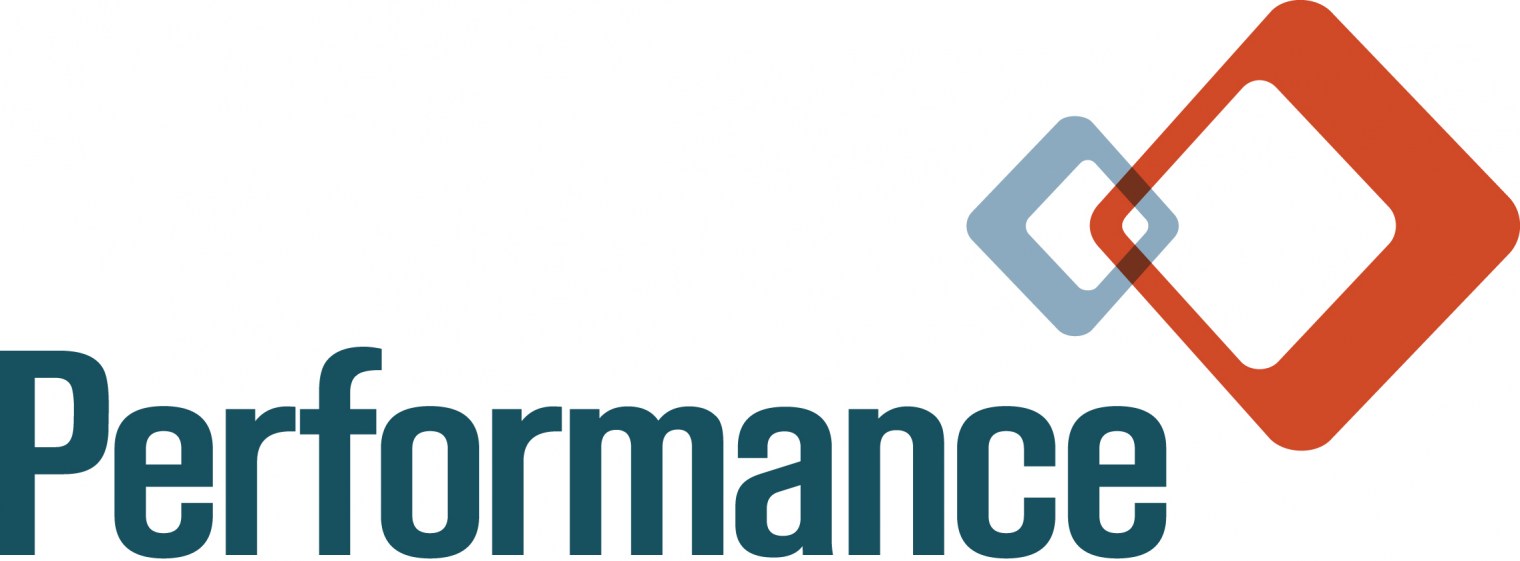Small but subsequent changes in DO-178C explain modern technologies and methodologies in clear, concise terminology
DO-178B and DO-178C are modern aerospace systems software development and verification guidelines[1], with primary focus on safety-critical software and its processes. The industry has been transitioning from DO-178B to DO-178C for many programs, and most national certification guidelines state that all new systems should follow DO-178C or its international equivalents. Performance Software is no stranger to these significant changes and has driven programs that have undergone the compliance transition process. While DO-178C can be broadly considered a refinement of its predecessor, transition and compliance have been fraught with missteps and misassumptions. This article provides general guidance to the key differences in the standards. In particular, DO-178C expands upon the concept and fulfillment of Development Assurance Level (DAL) A, B, C and D.
DO-178B vs. DO-178C
DO-178C was created by SC-205 to revise DO-178B with current software development and verification technology changes. Adaptations include:
- Clear, concise language and terminology
- DO-178B’s imprecise technology had consistent issues with the use of words, including, but not limited to, “guidance,” “purpose,” “goals,” and “objective.” These terms were clarified in the DO-178C glossary to ensure correct and consistent utilization.
- DO-178C addressed inconsistencies uncovered from DO-178B Annex A, notably pertaining to DAL A
- DO-178C increased and clarified objectives for DAL A, B and C
- DO-178C explicitly considers Parameter Data Item elements and their impacts to multi-baseline and configuration-dependent software artifacts.
The major innovation DO-178C brought to the industry was a modular approach to supplemental guidance documents. This new paradigm applies specific techniques and technologies independent of the monolithic approval process historically required for documents of such large scope. These supplements included:
- DO-330/ED-215: Addresses software tool qualification and standards
- DO-331: Addresses model-based development (MBD) and verification, the document also acknowledges the ability to use modeling techniques to improve development and verification while avoiding common modeling pitfalls
- DO-332: Addresses object-oriented software and when it should be used
- DO-333: Addresses formal methods to complement testing
Effects on software development
The new standards adopted by DO-178C largely surpass former expectations of DO-178B. Its technological supplements now allow avionics professionals the tools and guidance to achieve cost-effective certification. DO-178B is outdated and lacks the ability to offer a near-zero software defect rate required to produce new development that meet or exceed deadlines.
Performance is one of the driving partners for following conversion and upgrade programs:
Conversion and upgrade programs
- Boeing 777 to 777X flight controls
- Northrop Grumman Corporation Product Line M
- Pratt & Whitney Canada APS2600E
Have more questions about the depth and scope of the differences between DO-178B and DO-178C that we did not address in this article? Let us know!
[1]See for more info Youn, W.K, Hong, S.B., Oh, K.R., & Ahn, O.S. (2015). Software certification of safety-critical avionic systems: DO-178C and its impacts. Retrieved from https://ieeexplore.ieee.org/document/7104300


